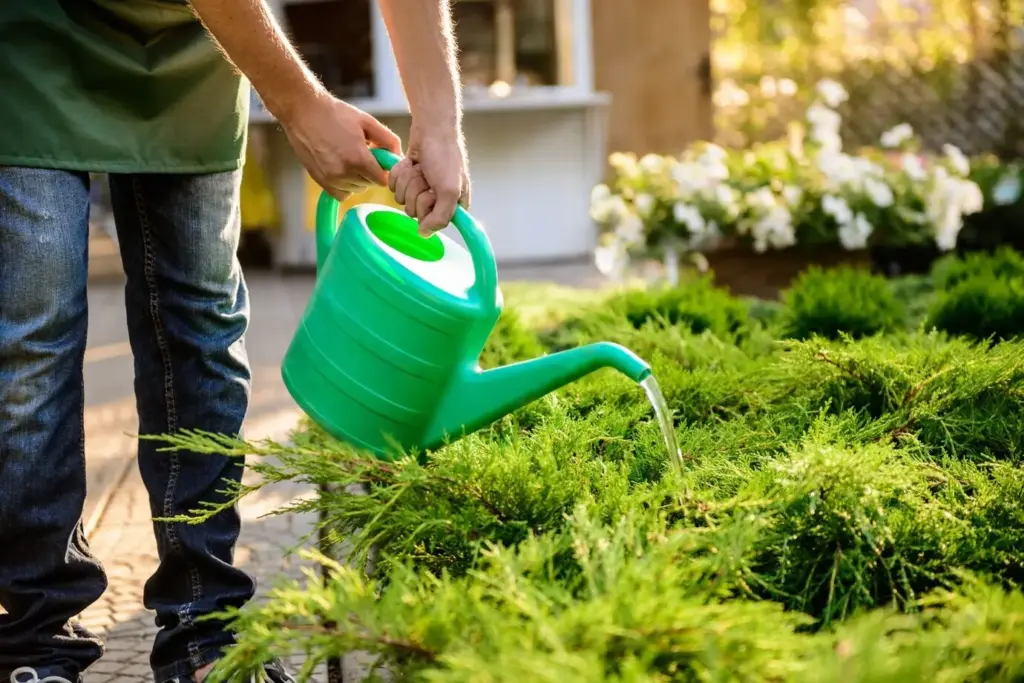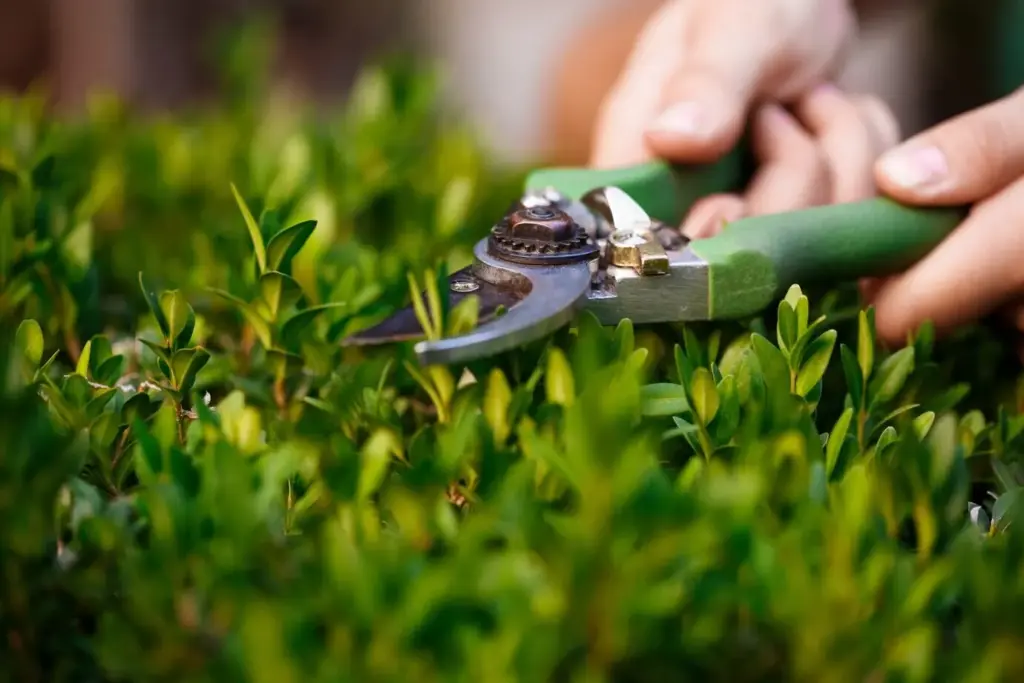Grow More Life Right Outside Your Door
Seeds of Belonging: Why Local Flora Thrives
Coevolution in Action
Avoiding Hidden Pitfalls
Know Your Ecoregion
Canopy and Structure
Shrub Stories
Groundcovers and Leaf Litter
Layered Habitats That Buzz, Flutter, and Sing


A Bloom-and-Seed Calendar for Every Season
Water, Soil, and Microbial Allies
Welcoming Birds, Butterflies, and Night Visitors
Feeding the Food Web
Bird feeders help, but caterpillars grown on native plants deliver the protein nestlings need. Oaks, willows, and cherries host hundreds of species, dramatically increasing backyard nutrition. Plant diverse clusters to spread risk and extend availability. Which trees drew the most parent birds to forage, and how did you balance shade, privacy, and vibrant seasonal interest throughout the year?
Host Plants for Transformations
Monarchs need milkweed; spicebush swallowtails need spicebush; Baltimore checkerspots rely on turtlehead. Matching butterflies to larval food plants turns fluttering visitors into multigenerational residents. Plant in sun, cluster for easier egg laying, and avoid spraying. Tell us which host plants you tried, any caterpillar triumphs, and the moment you first spotted a chrysalis hidden in plain sight.
After Dark
Night-blooming natives and pale flowers guide moths after sunset, feeding bats and night-flying pollinators. Try evening primrose, white snakeroot, and yucca where regionally appropriate. Use warm, shielded lighting or switch lights off to reduce disruption. Share nocturnal visitors you’ve counted, and how adjusting light color and timing changed the gentle choreography unfolding across your moonlit garden.
All Rights Reserved.


